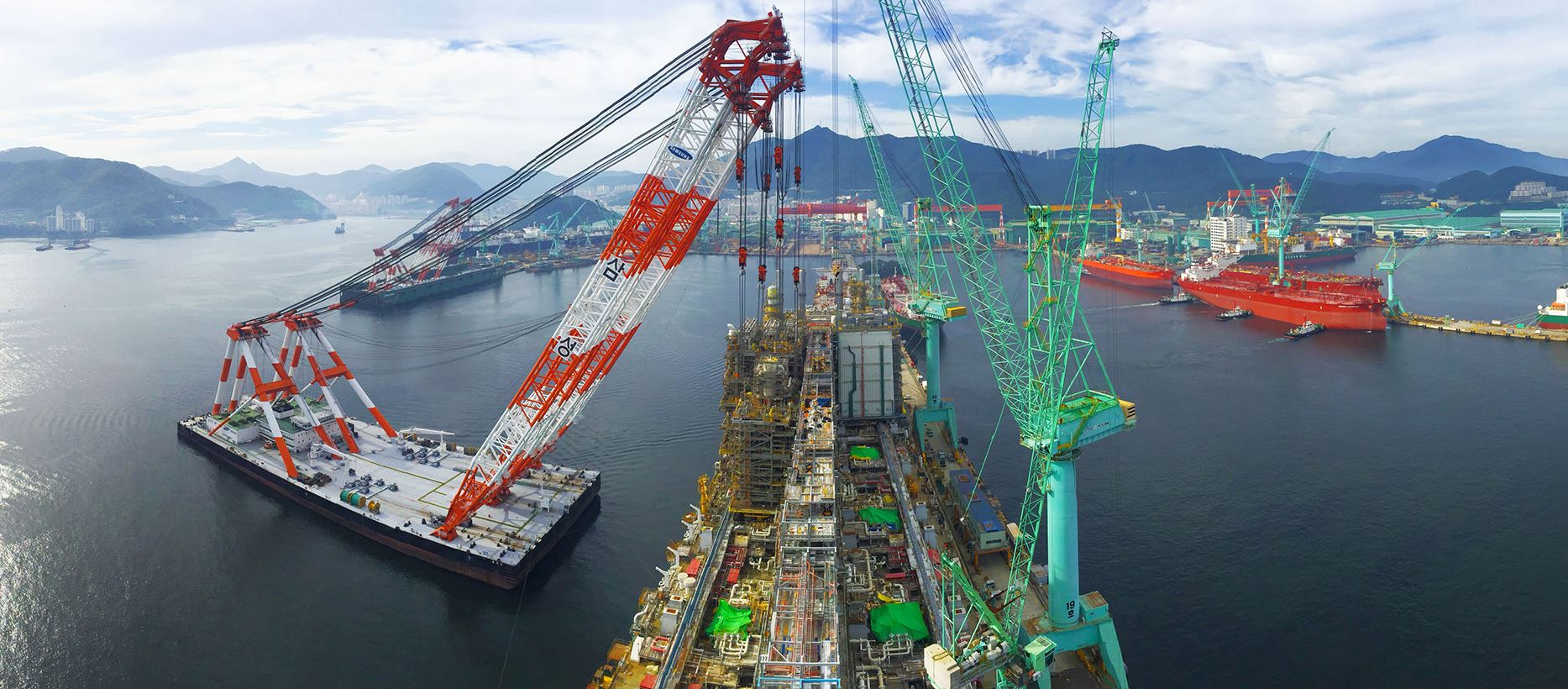Japan’s LNG engineer JGC and compatriot shipping firm K Line have received basic design approval for a new FLNG hull design that incorporates existing storage tanks from LNG carriers.
The duo received the approval in principle for the 187,500-cbm FLNG design, backed by Japan’s Ministry of Land, Infrastructure, Transport and Tourism, from classification society ABS, according to a JGC statement on Thursday.
JGC said the approval marks a “significant step” towards its realization.
This concept involves transferring and reusing the LNG storage tanks from existing old spherical Moss tank carriers in the hulls of new floating LNG production facilities.
Moreover, transferring and reusing the spherical Moss tanks from existing LNG carriers means there is no need to build new storage tanks from expensive cryogenic materials, reducing the cost of hull construction, JGC said.
As a result, there is a wider choice of shipbuilding yards able to construct the FLNG hulls.
JGC expects this to reduce construction time and cost, notably providing a safe and quality option for converted FLNGs for application in the high seas and in harsh operation environments, it said.
Currently, seven FLNG facilities exist globally, including those in transit and under construction, according to JGC.
These include Prelude FLNG, PFLNG Satu, PFLNG Dua, Coral Sul FLNG, Tango FLNG, Kribi FLNG, and Gimi FLNG.
JGC, along its partner Samsung Heavy Industries, has delivered the second Petronas’ FLNG, PFLNG Dua, and they are working together on the FEED for the third Petronas’ FLNG as well.
In addition, the duo also partnered with Technip Energies on the Coral FLNG, owned by Eni, which should go online this year.
JCC was also involved in the Prelude FLNG commissioning and supports the operation of Petronas’ PFLNG Satu, it said.

